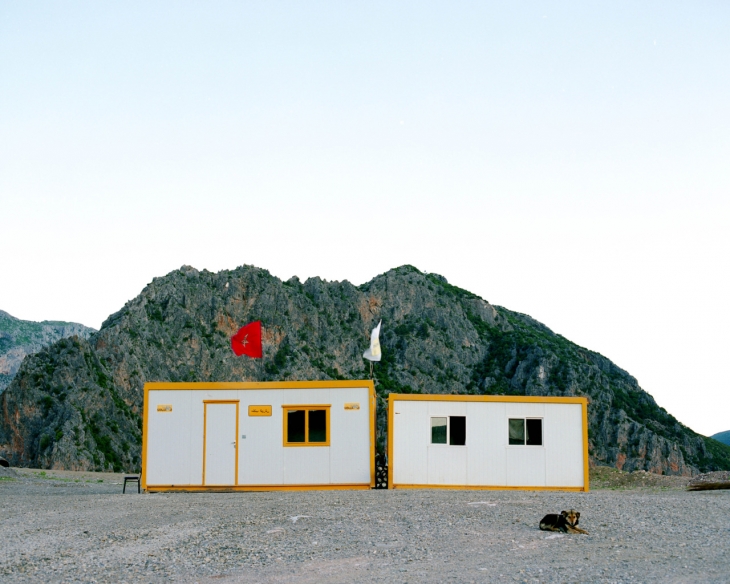At the end of July we launched a conversation on Twitter posing the question of whether Tumblr is a good platform for curation and whether we consider the images therein with the same klout as elsewhere on the web.
The resulting replies were varied and depicted the trepidation a lot of us feel whilst venturing into the world of Tumblr and its infinite scroll…
To some extent, Tumblr is – as StumbleUpon once was – a place to misplace large quantities of time. User dependent, you can find yourself in a cavern of cat images or a creator’s gallery – and, in the way of six degrees of separation, you are never far removed from either. Renown for endless re-blogging, it seems almost off piste that Tumblr’s strap-line is “Follow the world’s creators”. For photographers, posting your images to Tumblr can be a platform for vast exposure to an audience with a gluttonous appetite for digital media, whilst also propagating countless uncredited appearances of your work on the web.
For creators, a Tumblr blog can be a valuable marketing platform – but what about the people reblogging those images? Their feeds can consist of works from across the web, bound together in part by serendipitous encounters and a single user’s aesthetic bias. These users are no longer the creators of content, but the curators of previously disconnected visual media. Each blog becomes a virtual gallery for a unique curator, each with a door to the next via click-through links. Tumblr’s reblogging facility inherently makes it a natural platform for curation – a stance that has been adopted succinctly by Nick Knight’s fashion enterprise, SHOWStudio, who invite guest curators to take over their Tumblr account; creating and curating images to fit a theme or initiative.
However, our followers on Twitter criticised the platform’s reputation for quality of content – with one commenter suggesting that “for many it’s mostly a big sketchbook” [@Frenetisk] whilst another spoke of how Tumblr “works well with fashion imagery because it is relatively disposable and quickly replaced” [@DccSims]. To some extent these notions disservice Tumblr; suggesting that the environment its participants create is one of temporary, novel value. Though thinking back to From Here On at Rencontres d’Arles 2011, was there not a level of transitory novelty to Thomas Mailaender’s The Chicken Museum – and does that make the work any less valuable?
Responses to our Facebook call out for Tumblr submissions varied in use from portfolio sites, curatorial spaces and additional visual blogs to supplement websites – with many countering the culture of disposability. Though interestingly, there was a commonality of aesthetic that ran through the majority. It would seem that Tumblr caters for a youthful audience – whether in age, attitude or subject – yet each account provokes a unique, isolated experience. What, perhaps, evokes ideas of Tumblr as a sketchbook or transitory space is not the blogs themselves, but the user experience and ease of navigating between user accounts, as if moving from one gallery room to the next; linked by a singular image.
Here are the Top 5 submissions, in no particular order (to see the rest, check out our Facebook):
http://ucciucci.tumblr.com/ – Curated images of the surreal and mundane from Mauro Santucci.
http://29-days-in-armenia.tumblr.com/ – Documentary project by Will Berridge exploring 29 days in Armenia.
http://tobylewisthomas.tumblr.com/ – Portfolio site of Toby Lewis Thomas, commercial and editorial photographer.
http://adampedleyphotography.tumblr.com/ – Personal blog, including a mix of own work, publications, prints and other’s work by Adam Pedley.
http://www.brunozhu.com/ – Photographed selection of photobooks and exhibitions, mix of own work and others from Bruno Zhu.
Published on 10 August 2012
Written by Natalie Lloyd, Photoworks Digital Consultant

